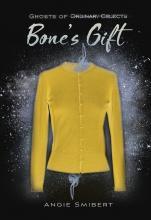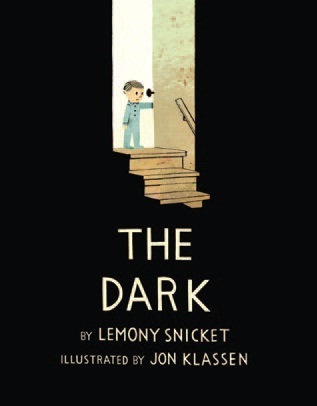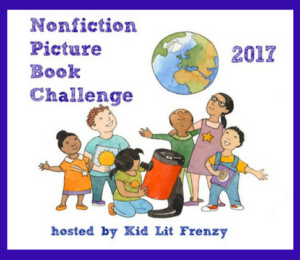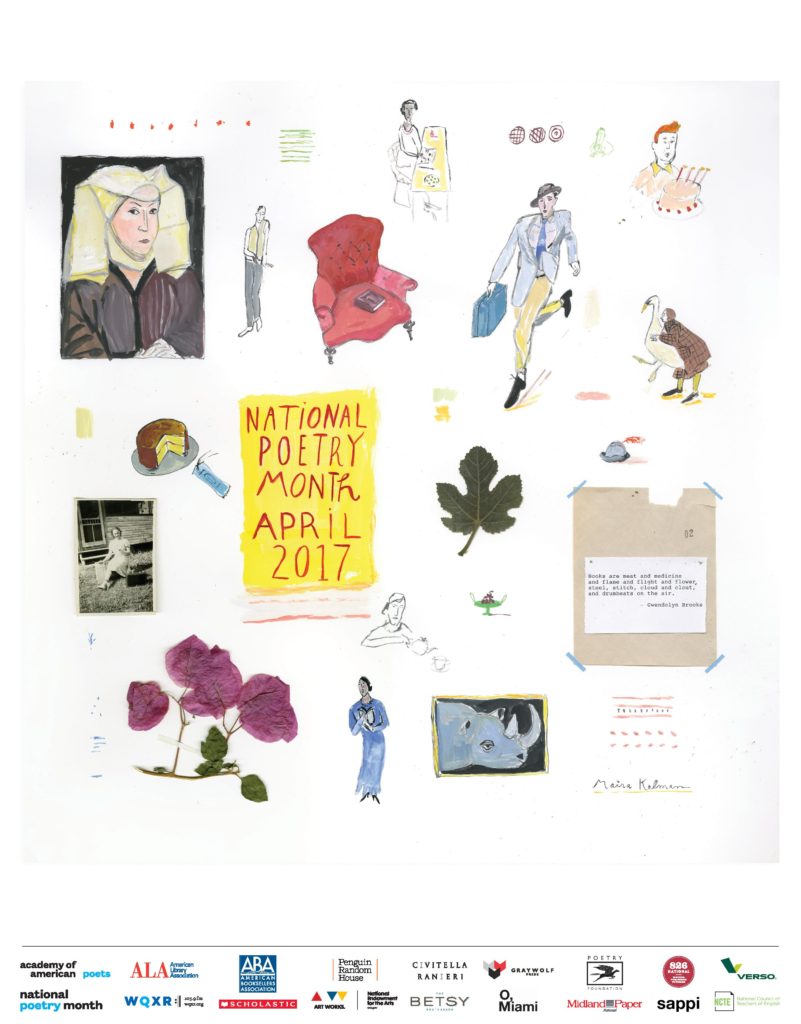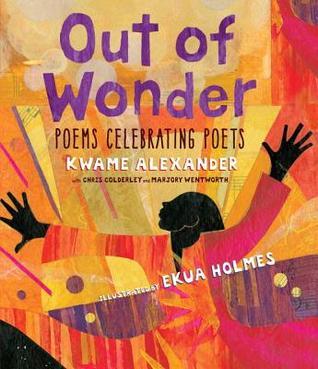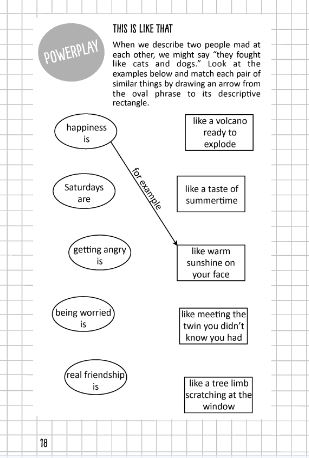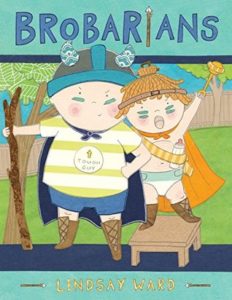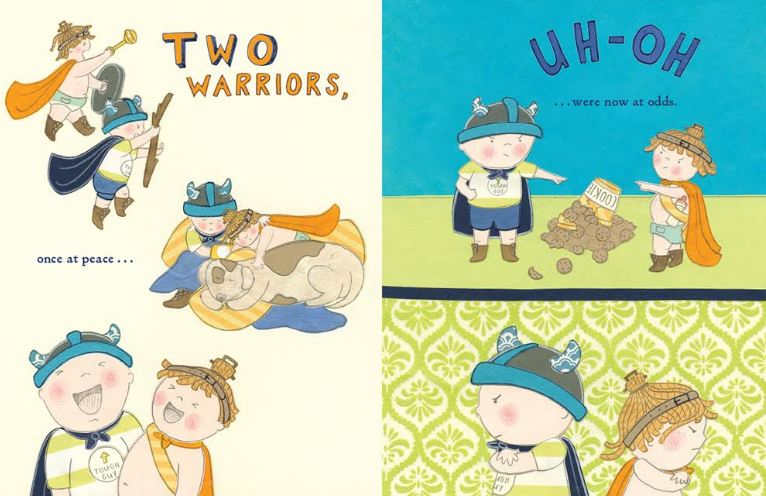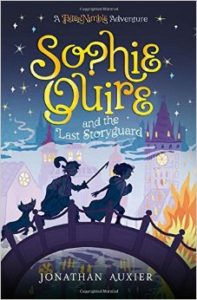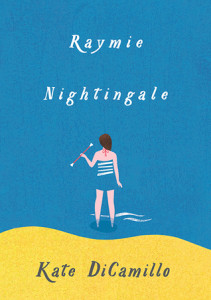Bone’s Gift
Author: Angie Smibert
Published March 20th, 2018 by Boyd’s Mill Press
Summary: Boyds Mills Press is pleased to announce the March publication of BONE’S GIFT, a supernatural historical mystery written by Angie Smibert about twelve-year-old Bone, who possesses a Gift that allows her to see the stories in everyday objects. When Bone receives a note that says her mother’s Gift killed her, Bone seeks to unravel the mysteries of her mother’s death, the schisms in her family, and the Gifts themselves.
In a southern Virginia coal-mining town in 1942, Bone Phillips has just reached the age when most members of her family discover their Gift. Bone has a Gift that disturbs her; she can sense stories when she touches an object that was important to someone. She sees both sad and happy—the death of a deer in an arrowhead, the pain of a beating in a baseball cap, and the sense of joy in a fiddle. There are also stories woven into her dead mama’s butter-yellow sweater—stories Bone yearns for and fears. When Bone receives a note that says her mama’s Gift is what killed her, Bone tries to uncover the truth. Could Bone’s Gift do the same?
This beautifully resonant coming-of-age tale about learning to trust the power of your own story is “charming” says School Library Connection, while Kirkus Reviews says, “Smibert surrounds Bone with a loving, complicated extended family….(with) language, which feels real and down-to-earth, like her characters. An intriguing blend of history and magic.”
About the Author: Angie is the author of several young adult books, including Memento Nora, The Forgetting Curve, and The Meme Plague, and numerous nonfiction books for children, as well as many short stories for both adults and teens. She lives in Roanoke, Virginia.
Review: Bone’s Gift was a special story looking at a well-known time period in a less-known setting. Normally stories in the 1940s focus primarily on the World War in Europe and the Pacific Islands, but this story focuses on a young girl who stays home when her father leaves to fight for his country. What happens to the children who have no mother and whose father leave for the war? Mostly a young girl whose family don’t all get along? And a young girl who is working very hard to figure out something important in her life while also learning truths about her mother’s life. This is that story. Bone is a character that the reader will love and will want to know what happened to her. Between Bone’s loss of her mother, her father going to WWII, Appalachian folklore & setting, and family dynamics, Bone’s Gift has so many different aspects weaving their way throughout the story, but it is all done beautifully in a way that all comes together in the resolution.
Teachers’ Tools for Navigation:
- Book Talk! (in Adobe Spark)
- Appalachian Folklore in Bone’s Gift (written by professor Tina Hanlon of Ferrum University)
- Your Family Tree Activity –
 students get to explore Bone’s family and fill out their own family tree. (PDF)
students get to explore Bone’s family and fill out their own family tree. (PDF) - Bone’s Gift – an Appalachian storytelling game. A printable card game that teaches storytelling skills.
- (Ghost) Stories of Ordinary Objects Activity – object (photos) prompts and mini-lesson plan for story writing.
(Resources from http://www.angiesmibert.com/blog/?mbdb_book=bones-gift)
Discussion Questions:
- What genre would you consider Bone’s Gift?
- How did the author incorporate Appalachian Folklore in Bone’s story?
- What theme would you say was the main theme of the story?
- What incident in the book changed the trajectory of the plot?
- How would a changed setting have changed the story?
Flagged Passages: “Bone Phillips floated in the cool, muddy water of the New River up to her eyeballs. The sky above was as blue as a robin’s egg, and the sun was the color of her mama’s butter-yellow sweater.
Her mother was still everywhere and nowhere Bone looked.
She let herself sink under the water and swam along the river bottom toward shore–toward Will.
In the shallows, her hand brushed against something hard and jagged on the silky river bottom. An image poured over her like cold bathwater. A young boy had hit his head on this rock. He struggled for air. The current grabbed at him–and her, pulling her along back in time. Bone snatched her hand away from the rock and came up for air with a gasp.” (p. 1)
Read This If You Love: Magical Realism, Folk lore, Historical Fiction, Mysteries
Giveaway!
Don’t miss the other stops on the blog tour!
Monday, April 9 YA Books Central
Tuesday, April 10 Ms. Yingling Reads
Wednesday, April 11 Unleashing Readers
Thursday, April 12 The Brain Lair AND Genrefluent
Friday, April 13 Always in the Middle
Recommended For:
